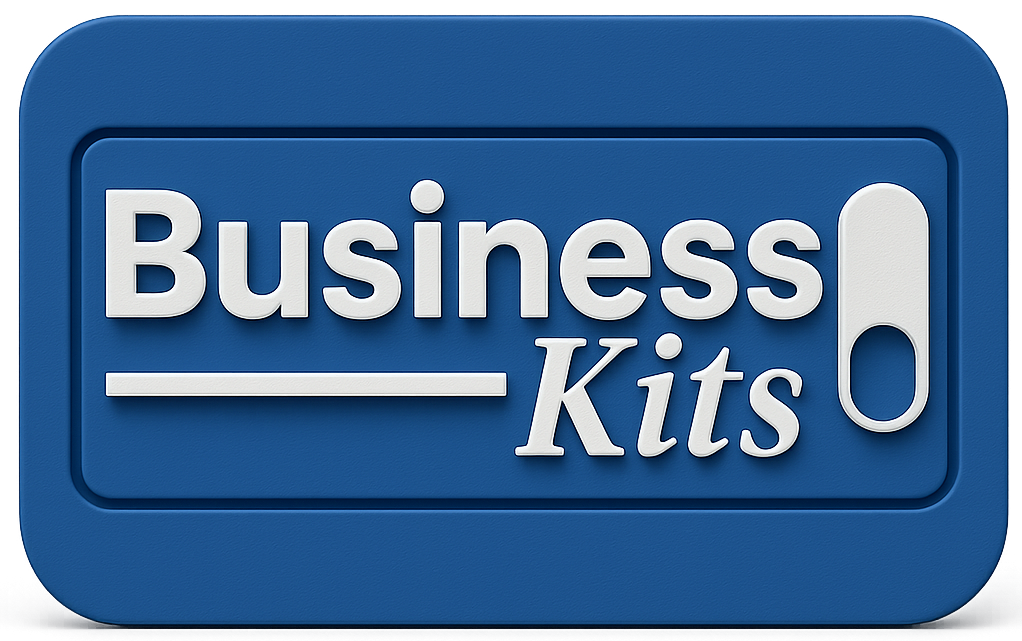Digital marketing is the use of online platforms and technology to promote products, services, or brands. It encompasses a wide range of tactics, from SEO (Search Engine Optimization) to social media advertising, email campaigns, and content marketing.
At its core, digital marketing is about connecting with your target audience where they spend their time: online. Whether they’re browsing Instagram, searching for answers on Google, or reading blog posts, you need a strategy to meet them at the right time with the right message.
Your website is the foundation of your online presence. It’s the hub where potential customers learn about your brand, find your products, and decide whether to engage. Here’s what you need to focus on:
SEO is the process of optimizing your website to rank higher on search engines like Google. The better your SEO, the more likely your site will appear when people search for products or services related to your business.
Focus on these key areas:
Content marketing is about creating and distributing valuable, relevant content to attract and engage your audience. It’s not just about selling; it’s about providing real value.
Common forms of content include:
Social media platforms like Facebook, Instagram, LinkedIn, and Twitter offer businesses the opportunity to connect with their audience directly. Here’s how to make the most of your social media presence:
Despite the rise of social media, email marketing remains one of the most effective ways to nurture leads and maintain customer relationships. A successful email marketing campaign includes:
PPC ads, such as Google Ads or Facebook Ads, allow you to bid on keywords or target specific audiences, paying only when someone clicks on your ad. This can be a quick way to drive traffic to your website or landing page.
No digital marketing strategy is complete without tracking and analyzing your results. Use tools like Google Analytics, social media insights, and email marketing dashboards to understand:
By analyzing this data, you can make informed decisions, refine your strategy, and improve your ROI.
Digital marketing is a long game, but with the right strategy in place, the rewards can be immense. Start small by focusing on one or two channels—maybe SEO and content marketing—and expand from there. As your brand grows, so will your expertise, allowing you to scale your efforts and dominate the digital space.
Remember, the key to success in digital marketing is consistency, analysis, and adaptability. Stay committed, keep testing, and be ready to pivot as needed to stay ahead of the competition.
